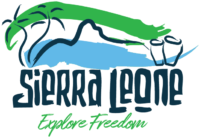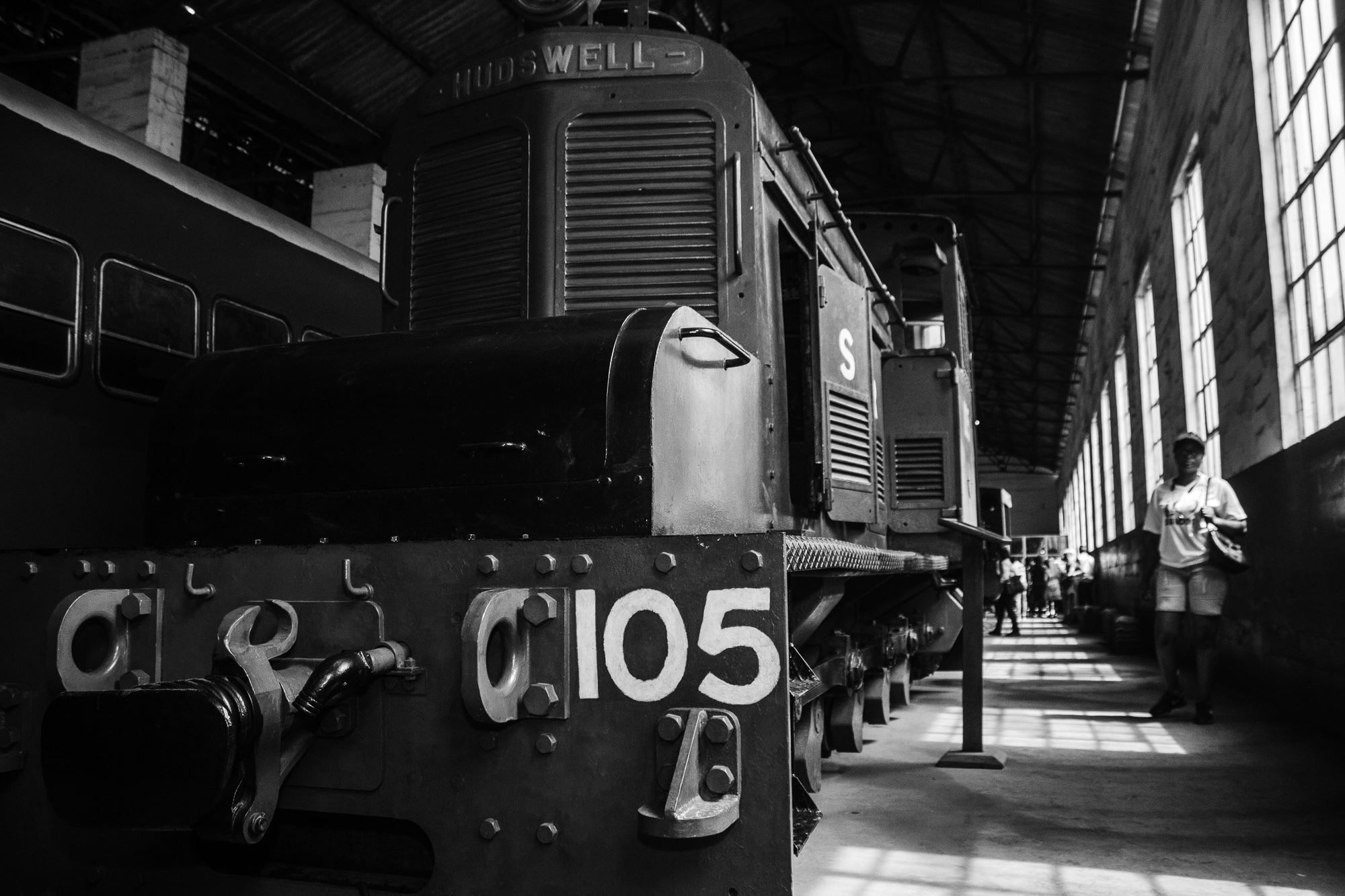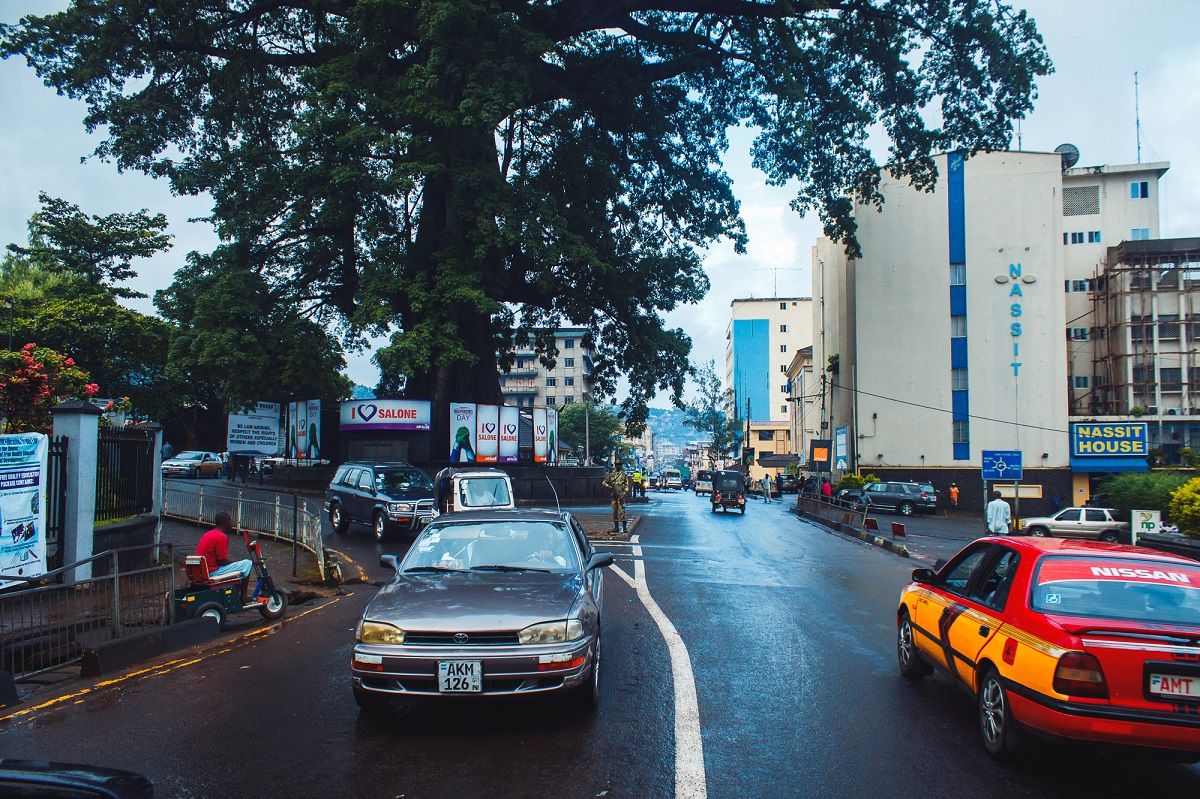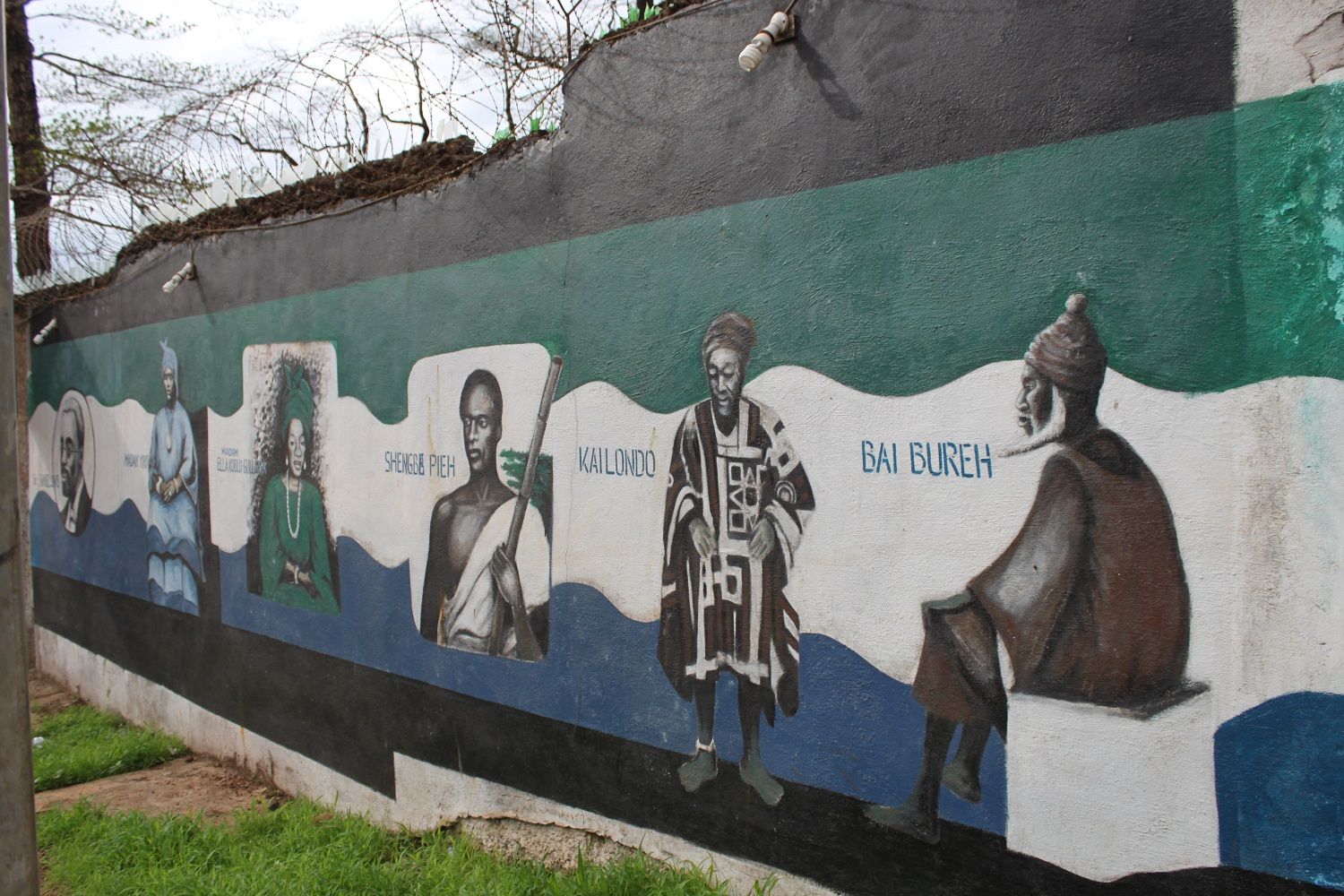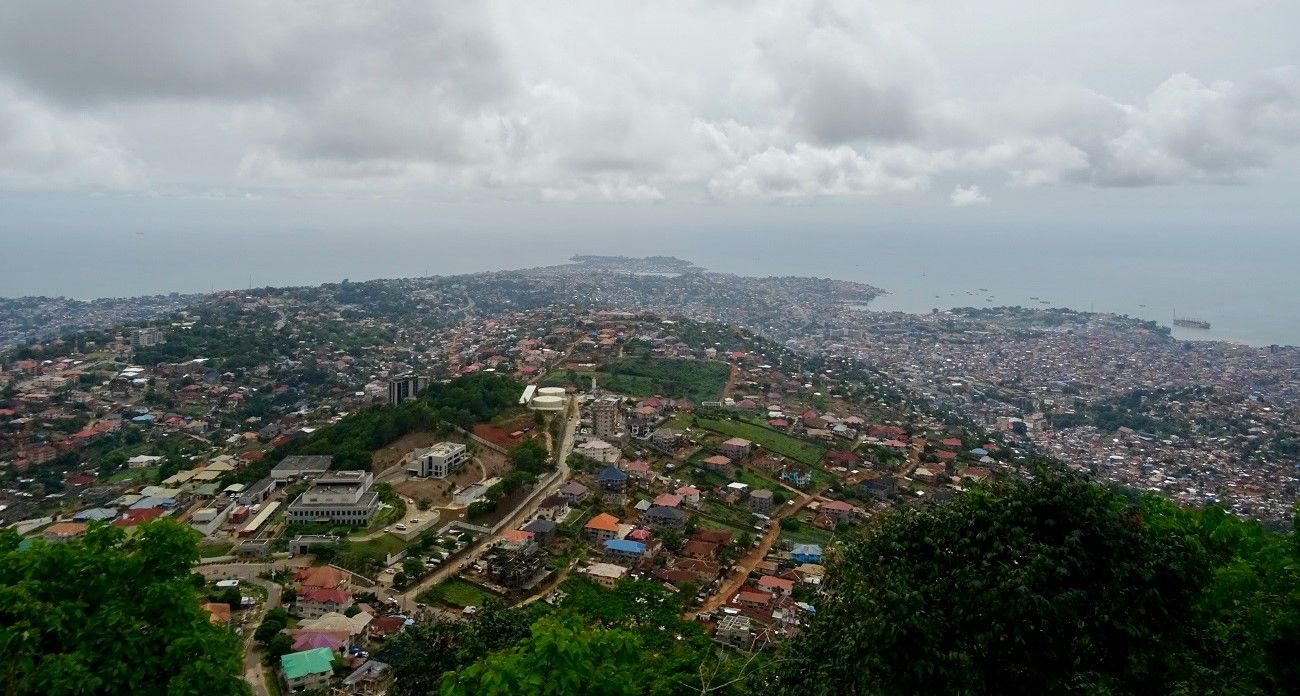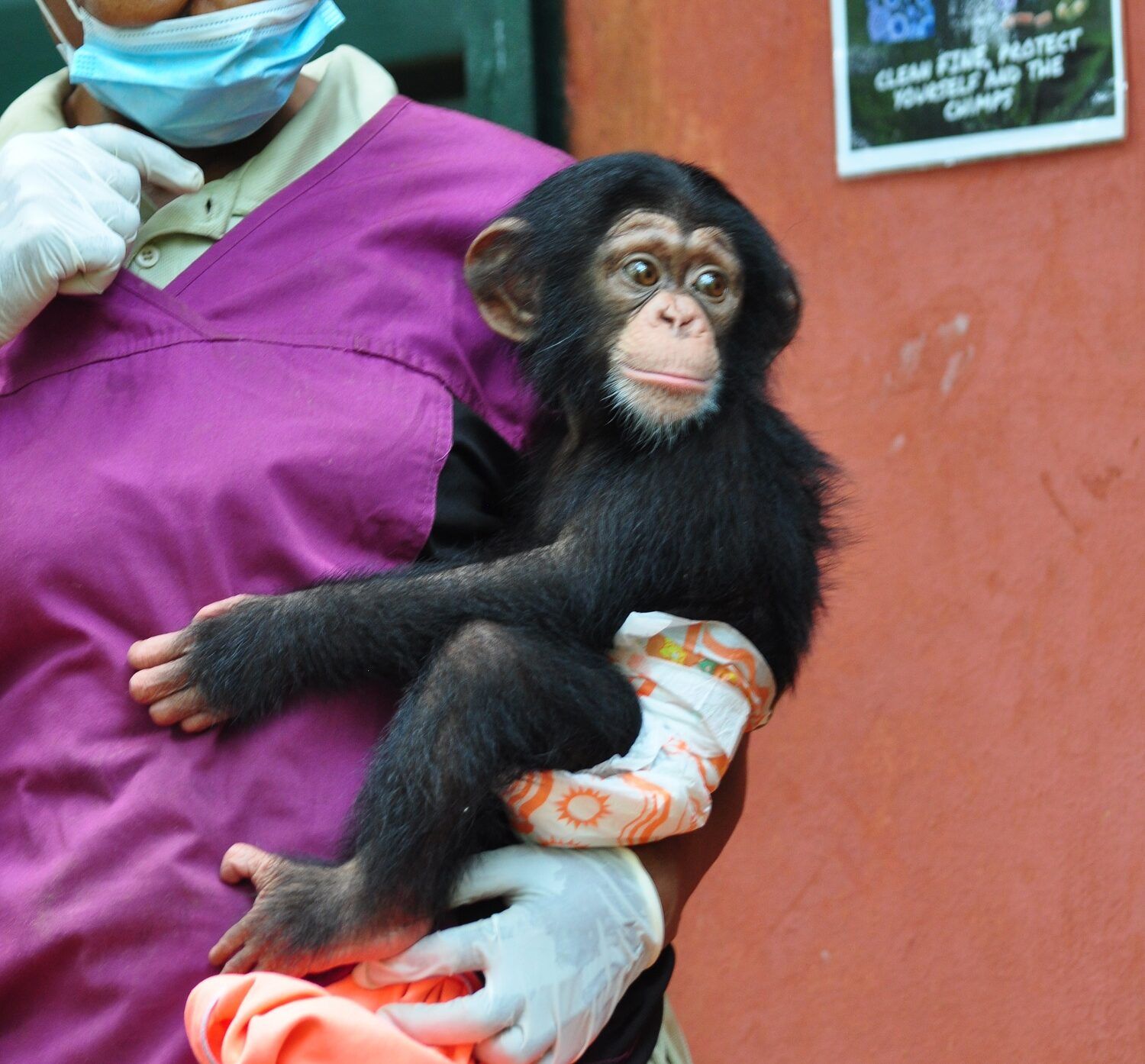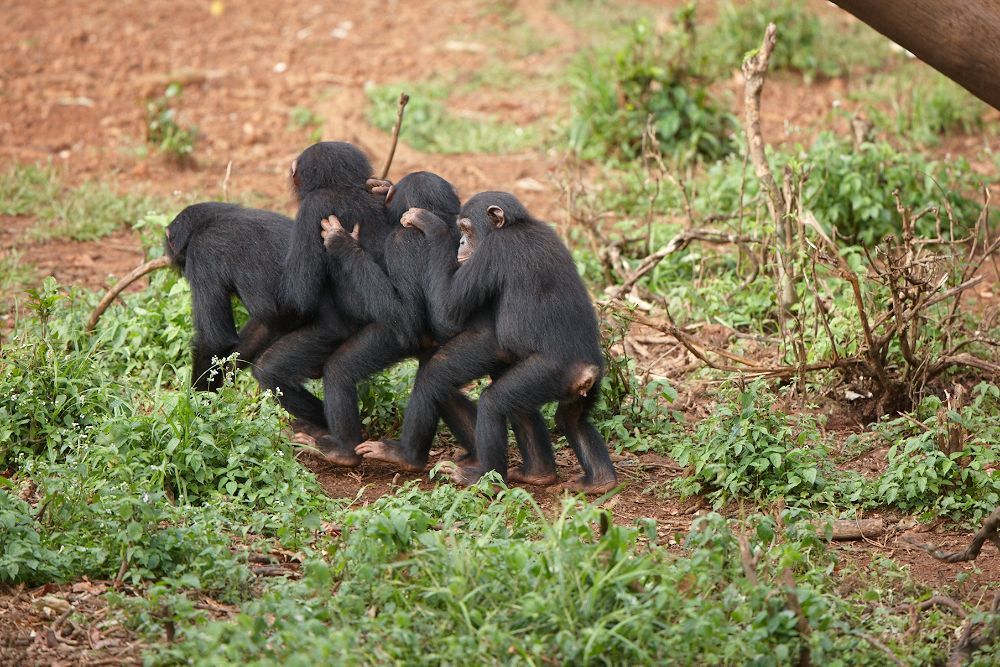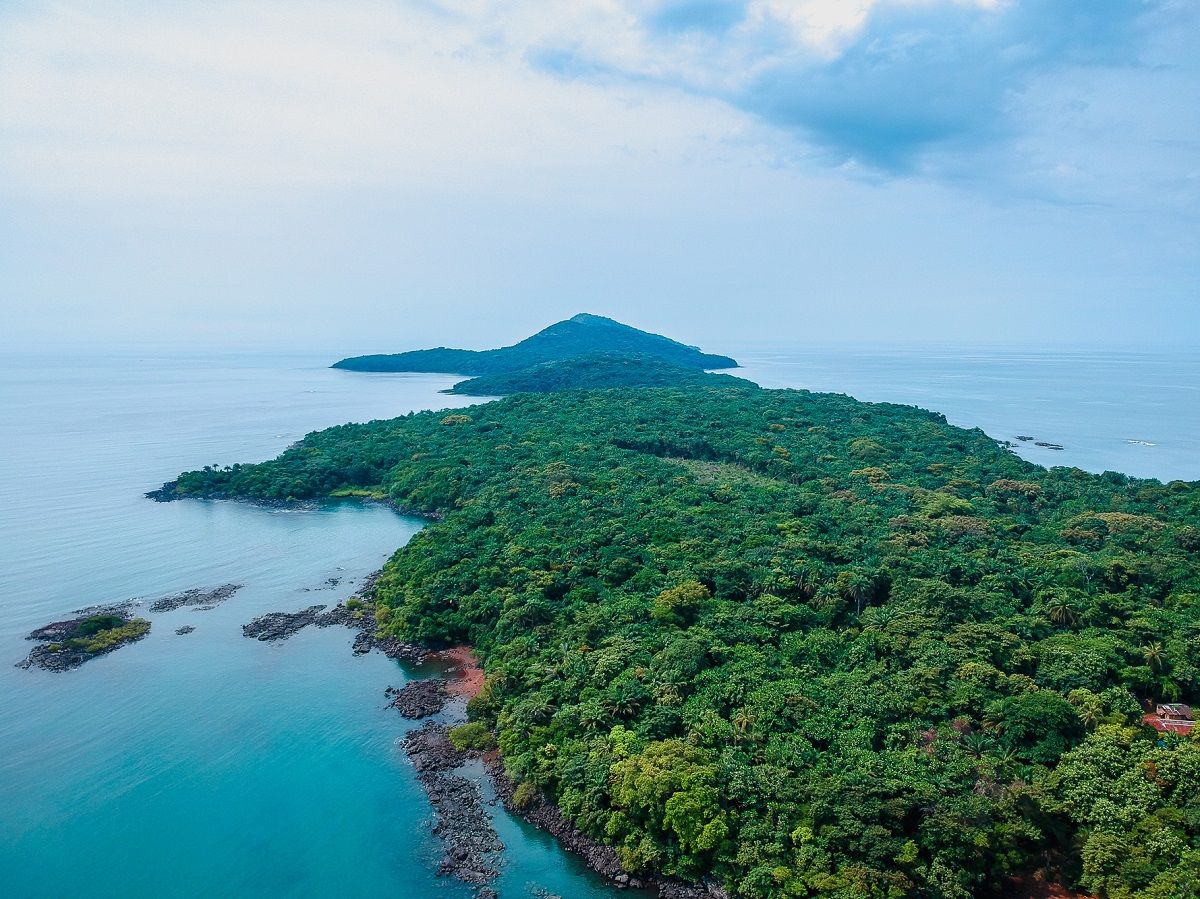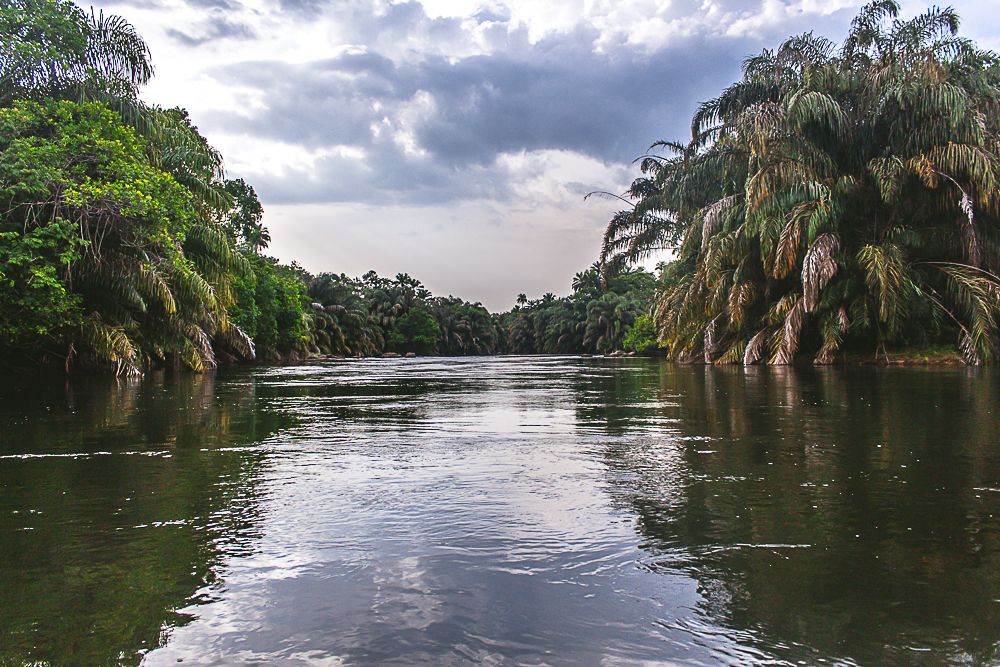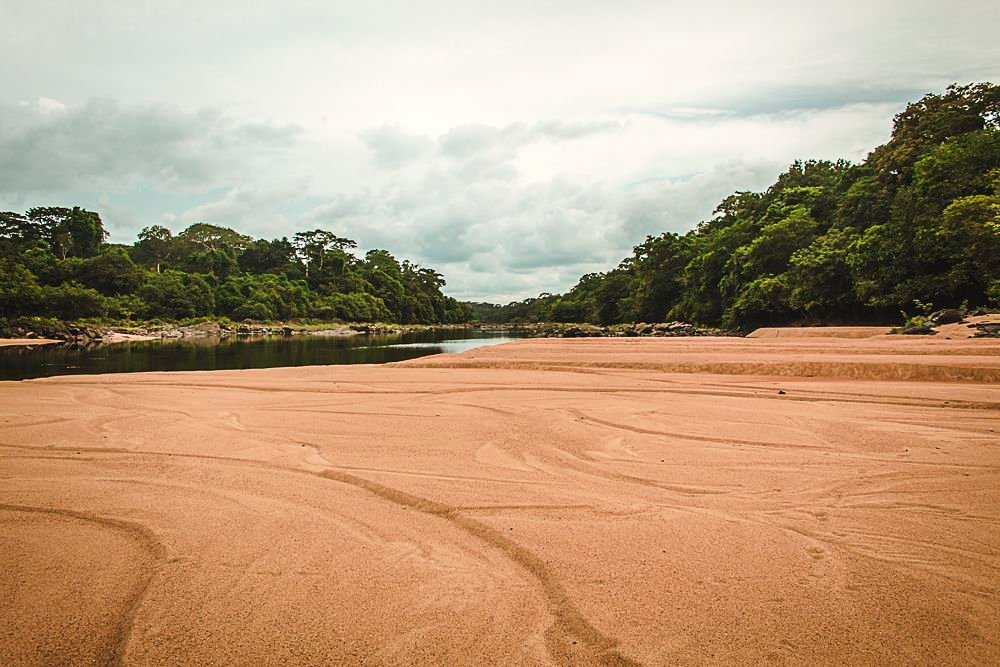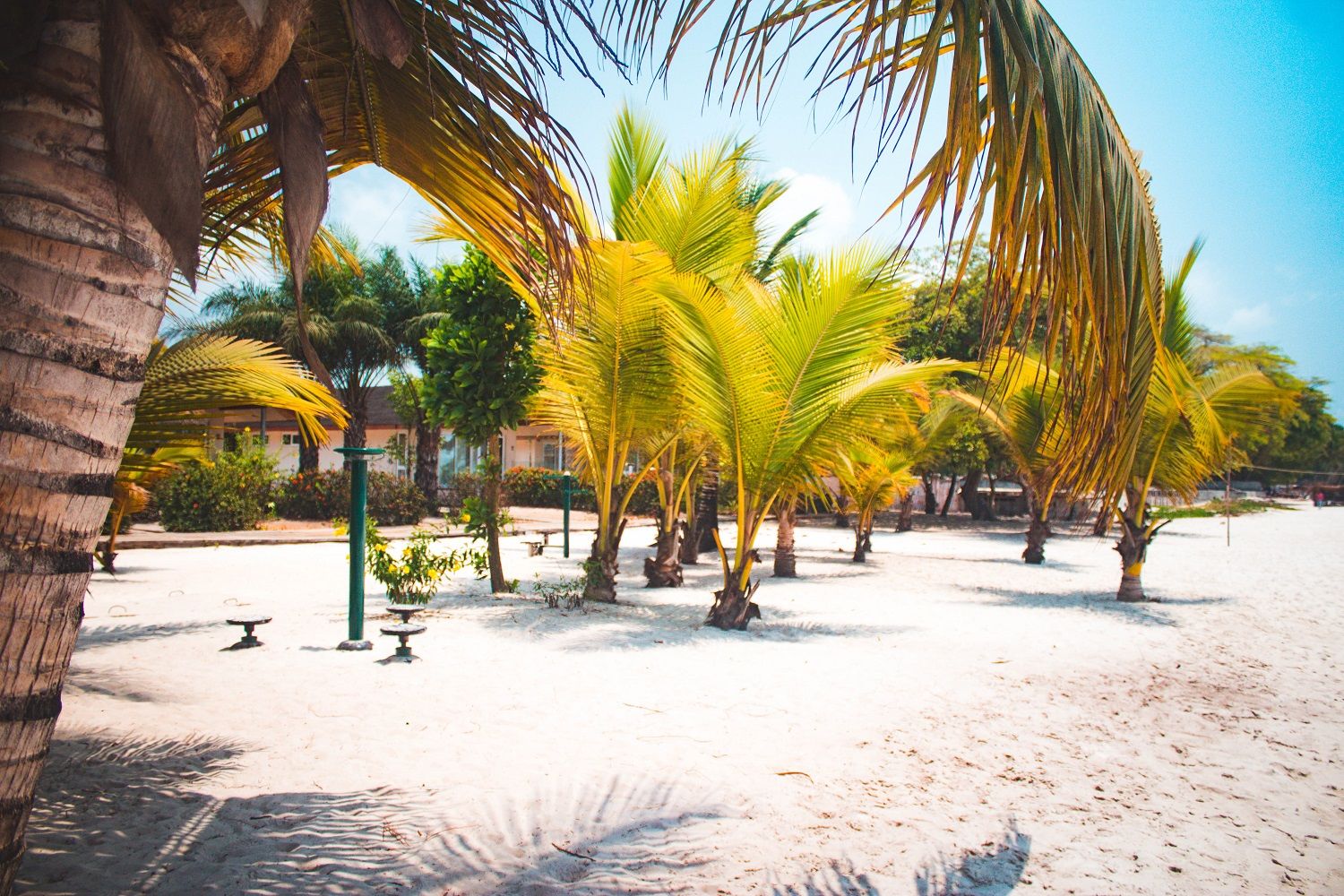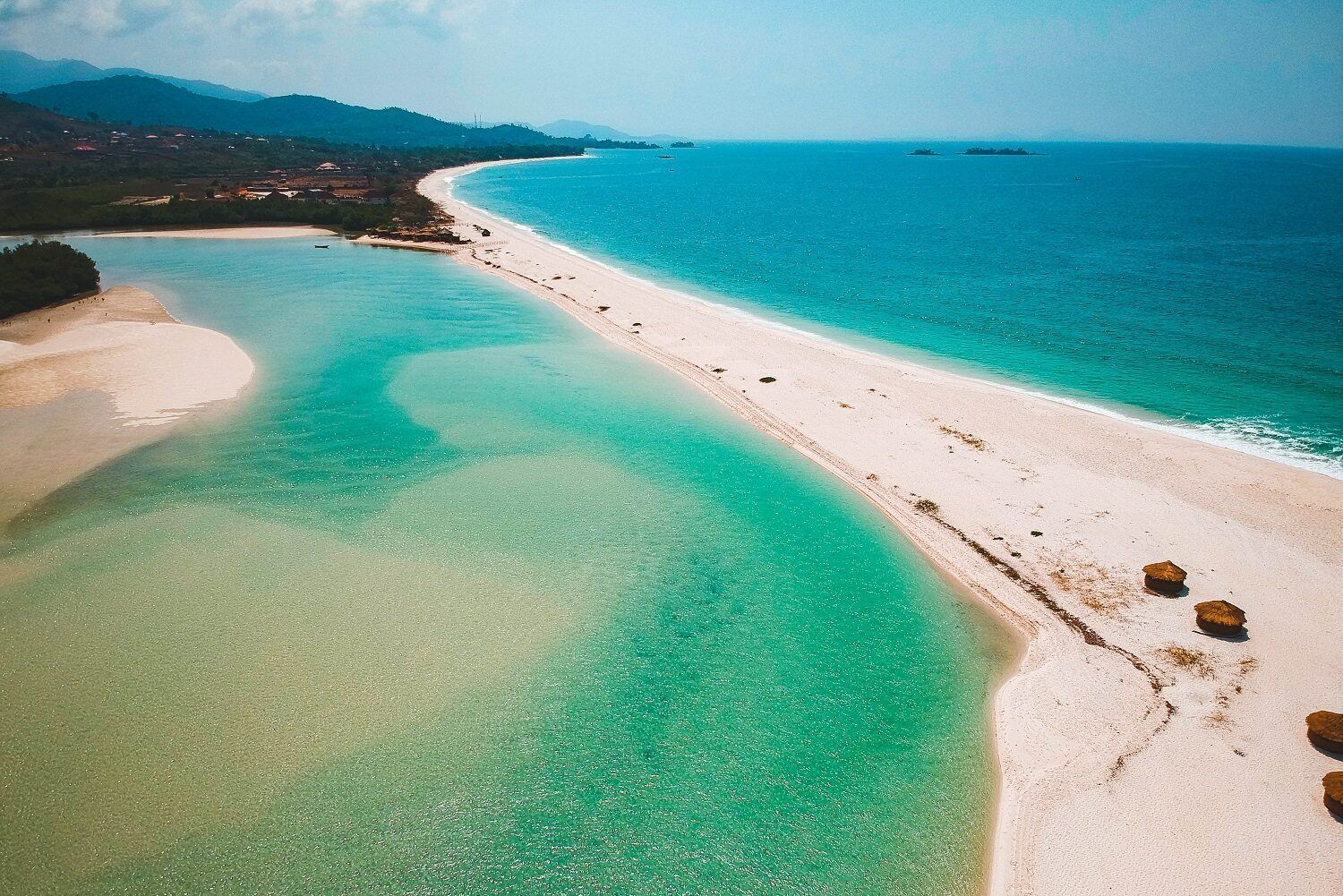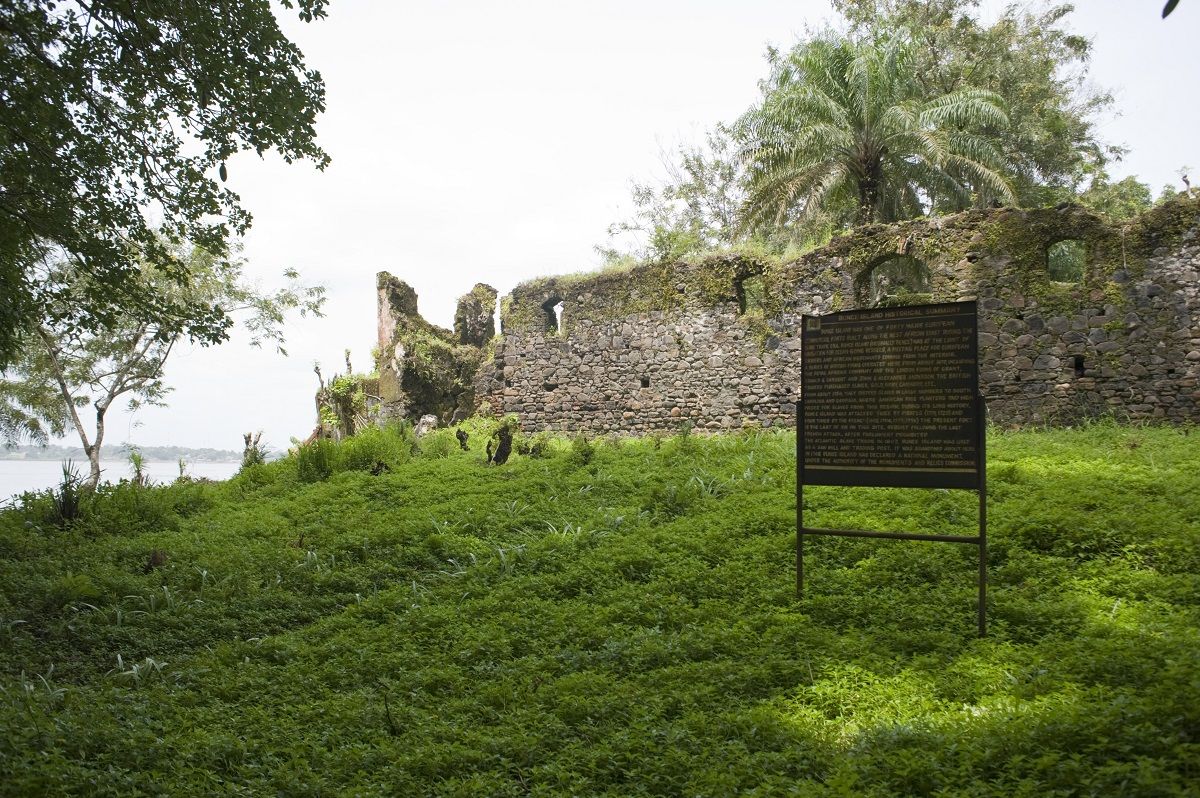10 Unmissable Things To Do In Sierra Leone
Wander around Freetown
St. Georges Cathedral – Built between 1817 and 1828, this is one of the most beautiful churches in Freetown.
The Cotton Tree – The oldest and most famous cotton tree in Freetown, it’s located close to the Supreme Court building and the National Museum. This is the tree under which returnees from Nova Scotia prayed once they returned to Sierra Leone and got back their freedom.
Sierra Leone National Museum – Close to the famous Cotton Tree, and first opened in 1957, is located in what was originally the Cotton Tree Railway Station. This is a small but interesting museum with an exhibit that will walk you through the most fascinating traditions and the most prominent figures from Sierra Leone’s past. (Admission is $5 USD)
Peace Museum and Memorial – First opened in 2013, this museum is located on the grounds of the Special Court of Sierra Leone (SCSL) and its exhibit is dedicated to the people who contributed to the creation of modern Sierra Leone and to the victims of the civil war. (Admission is $1 USD).
Fourah Bay College – A gorgeous abandoned building, that after WWII was used as the headquarters of Sierra Leone Government Railway, to then become a Magistrate court. The building caught fire during the war, in 1999, and has since been claimed by the lush vegetation. The building beautiful colonial architecture provide visitors with excellent photo opportunities.
Appreciate the work of Tacugama Chimpanzee Sanctuary
Located in Tacugama Forest Reserve, at the outskirts of Freetown, and first opened in 1995, Tacugama Chimpanzee Sanctuary works to rehabilitate chimpanzees that were rescued from bad living conditions. Unfortunately, these animals are still hunted for meat or kept as pets in Sierra Leone, only to be abandoned when they become adults and troublesome.
The sanctuary strives to educate the local community to respect wildlife and the environment, and provides a safe living place for around 100 chimpanzees – some of them as young as 8 weeks.
Located in the sanctuary there are a few bungalows available for rent, in case you want to wake up to the sound of the forest!
Spend a day in the Banana Islands
This is probably the most popular day trip from Freetown!
Once used for the trade of slaves to the United States by the English, and then a place for returnees once slavery was abolished, the three islands – Dublin and Ricketts, inhabited and linked by a causeway, and the smaller uninhabited Mes-Meheux – can be reached by boat from from Kent Village, about one hour drive from Freetown.
Once there, you can explore the village, where a small community of around 800 people live. There are two beautiful churches to see. After that, head to Big Sand Beach to chill under a palm tree, snorkel or dive. You can even go fishing with local fishermen!
Should you get hungry, there is a small but good restaurant at the beach that serves delicious dishes of freshly caught seafood.
Admire Wildlife in Tiwai Wildlife Sanctuary
The Moa River and the thick tropical rain-forest that surrounds Tiwai Wildlife Sanctuary are the ultimate place in the country to admire wildlife. A boat ride along the river will give you the chance to spot various species of birds and monkeys hanging from the trees; crocodile and – should you be lucky – you may even spot the elusive Pygmy Hippo (easier to spot during the dry season, and at night). A night walk is also a great opportunity to listen to the sounds of the forest, and to see even more animals. Needless to say, you need a guide for that!
Explore Bonthe
Getting to Bonthe, in Sherbro Island on the Sherbro River estuary, requires a bit of a trip, but it’s worth the effort. Locals know it as Christmas Island – mainly because it’s a favorite destination for the holidays.
In the 19th century, Bonthe was a British control post against the slave trade. Freed slaves settled there and the town grew to become a shipping port – which it is still today. Exports from the island currently include palm kernels, ginger, coffee, swamp rice and fish.
Make sure to go on a walk around town to observe the old buildings and to meet the friendly local community. If you are lucky, you may even be able to catch a game of the local soccer tournament!
Relax at Turtle Islands
Turtle Islands are made of 8 small islands in the Atlantic ocean, inhabited by fishing communities. Quite removed from the rest of the country, they offer very little in terms of comfort – there is a very basic guesthouse right by the beach, but you are probably better off bringing your own tent (complete with rain cover) and even your own food supplies, and anything you need to prepare a meal.
Go there to completely disconnect from the stress of daily life – enjoy a walk along the beach; go for a swim in the warm waters; take photos of the sand bar and enjoy the tranquility of this remote place.
Enjoy the beaches of Freetown
Definitely one of the best things to do in Sierra Leone is chilling in one (or all) of the gorgeous beaches around Freetown.
Sussex, Hamilton, Lakka and Levuma Beach are perfect for a walk and will provide plenty of good photo opportunities. Located on the beach there are some great seafood restaurants, where you can enjoy lunch.
Another beach you should visit is Tokeh, from where you can walk all the way to River Number 2 beach, on the other side of the lagoon. That is by far the best beach in town. Expect to find fine, white sand and incredibly clear azure waters. A small local community manages the beach, keeping it clean and providing modest but comfortable accommodation, a nice beach restaurant and even a fun tourist market. You’ll have to pay a $0.50 fee to access the beach.
Learn about the slave trade in Bunce Island
Located in Tagrin Bay and easy to reach by ferry from Freetown, Bunce was home to the largest British slave castle on the Rice Coast of West Africa. Bunce was founded in 1670; from there, tens of thousands of African slaves departed to North America and the West Indies, until slave trade was finally abolished in 1808. Most of the buildings used by the slave traders are now abandoned – but they are still fascinating to see. Make sure to hire a guide to really understand the history of this unique place.
Try Local Specialties
Food in Sierra Leone is simple but full of flavor. In most places, you can expect to find freshly caught fish (especially barracuda) which you can have grilled and served with rice.
Other local specialties include fried mature plantains; groundnut stew (a stew made with either beef or chicken in a thick peanut sauce and served with rice); cassava and potato leaf stew (it tastes a bit like spinach and it’s usually served with fish or chicken and rice); krin krin, similar in look to cassava stew, though more gelatinous in texture. The local beer is Star.
